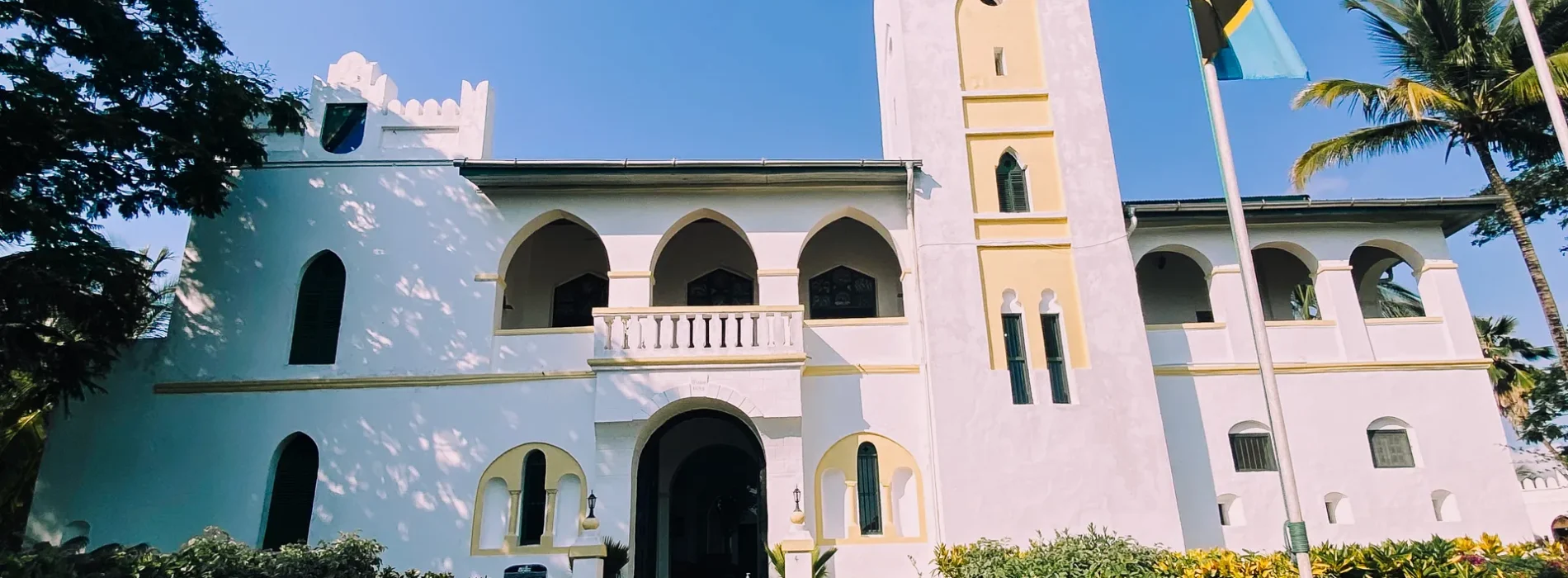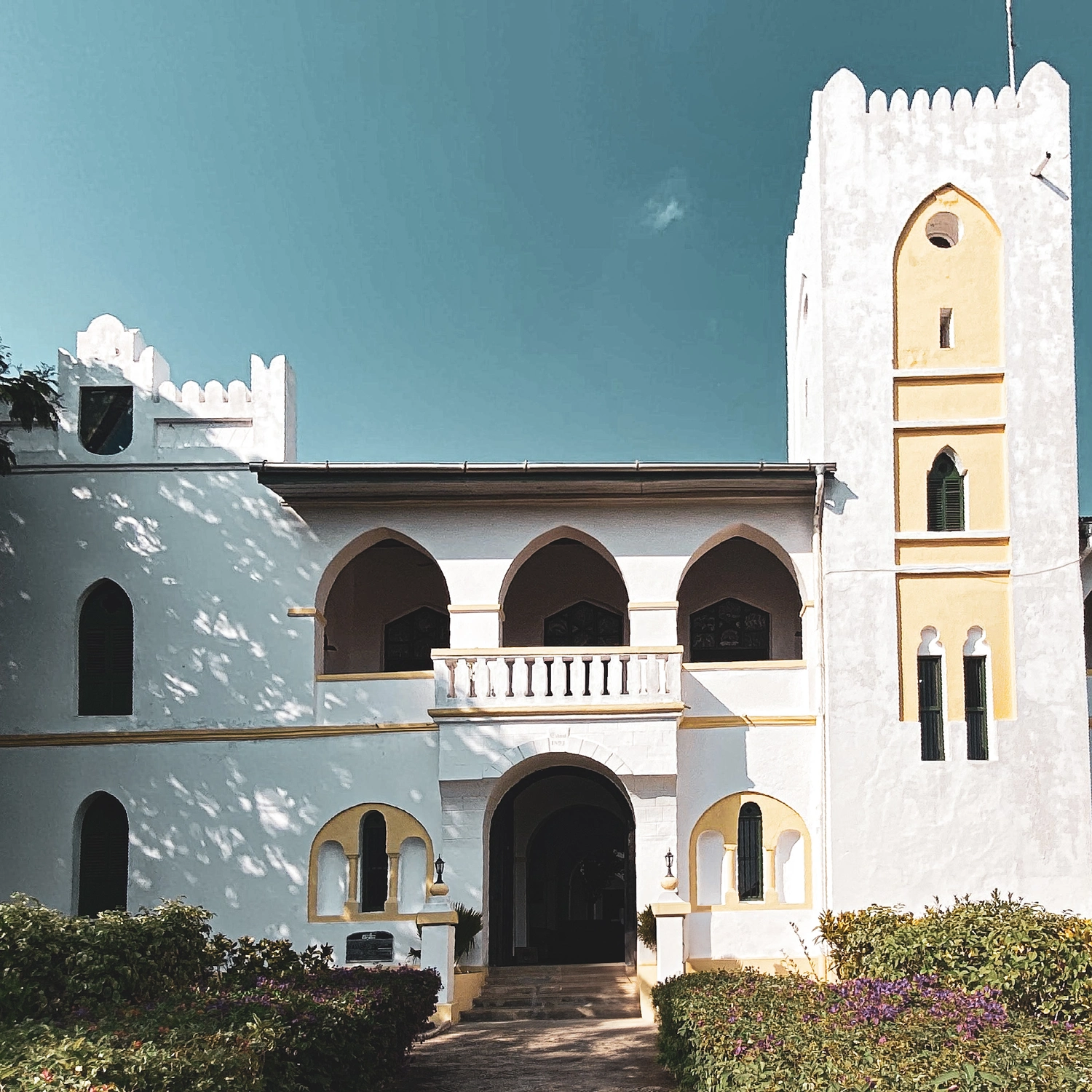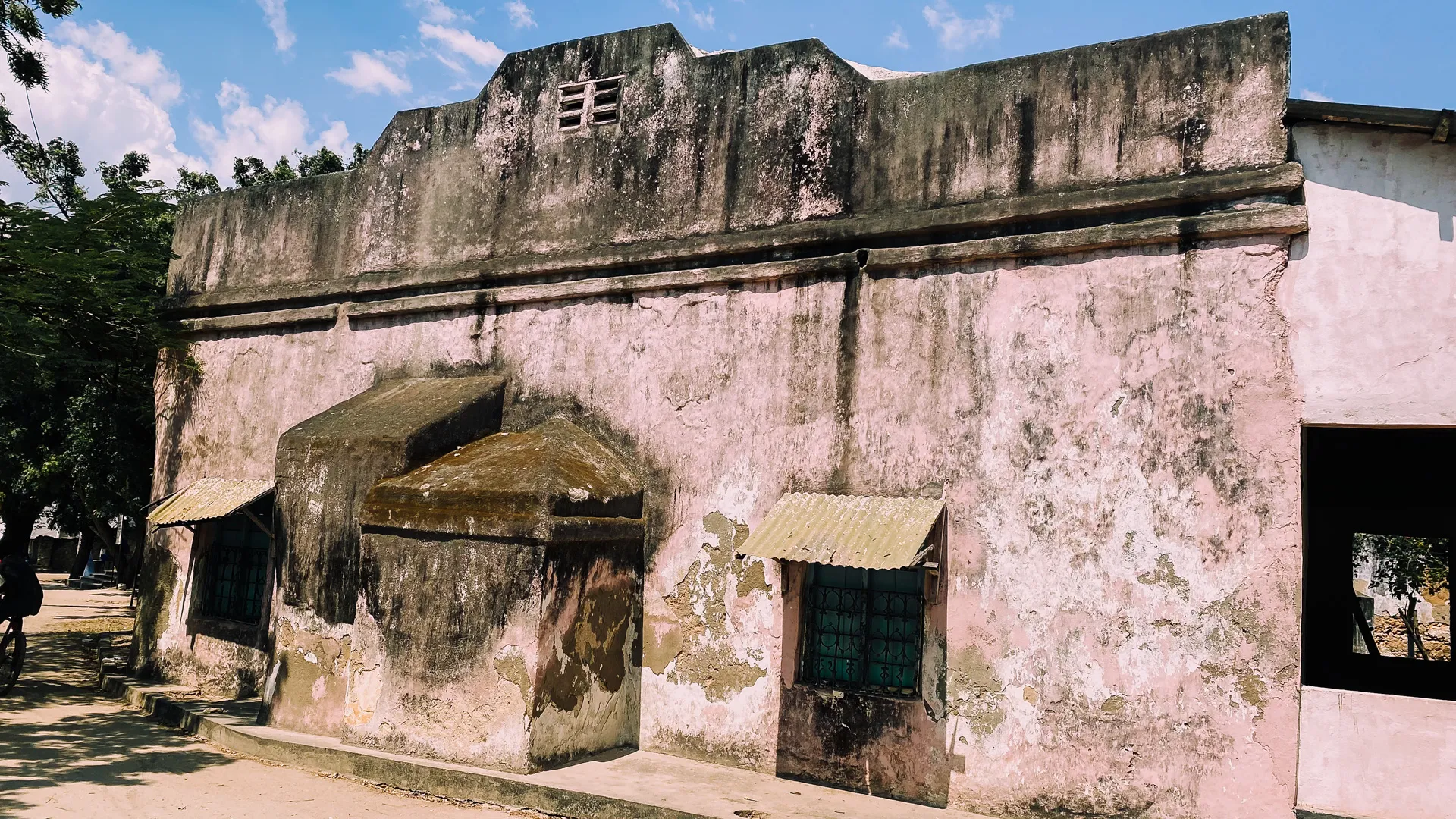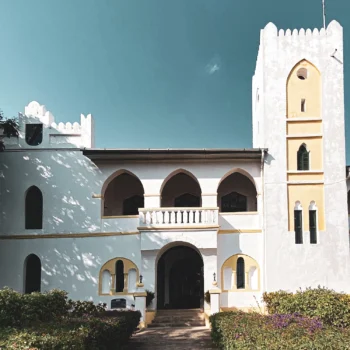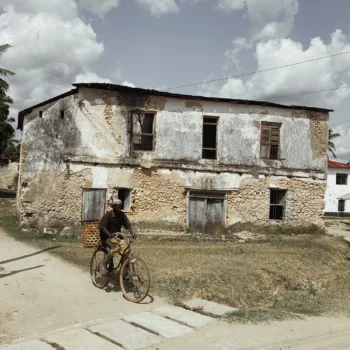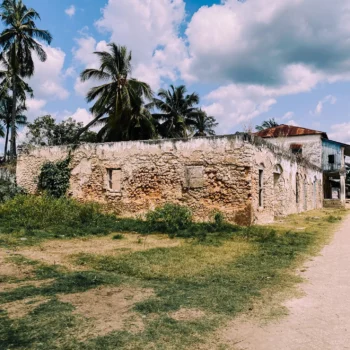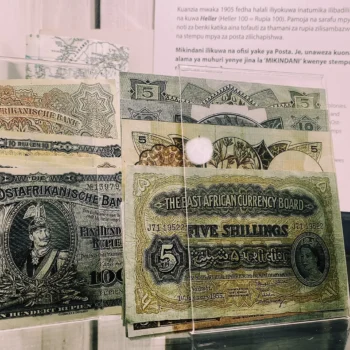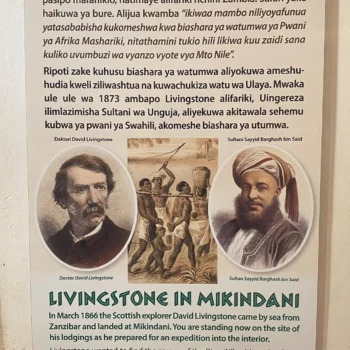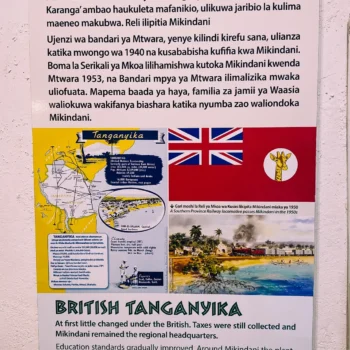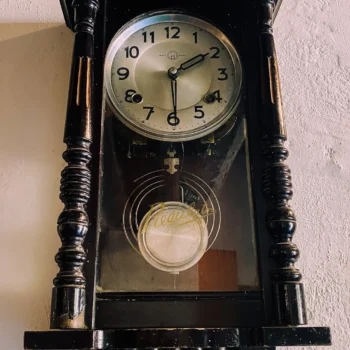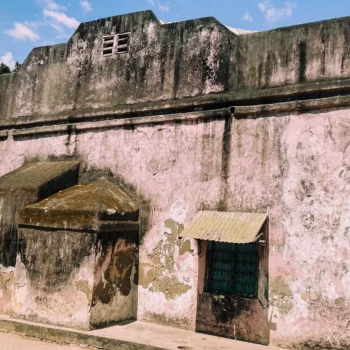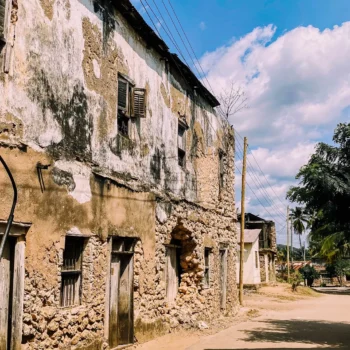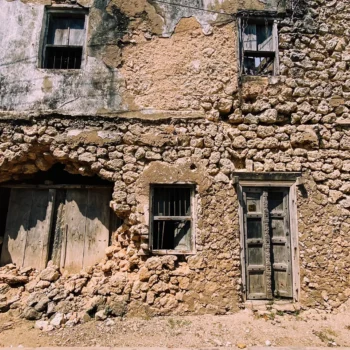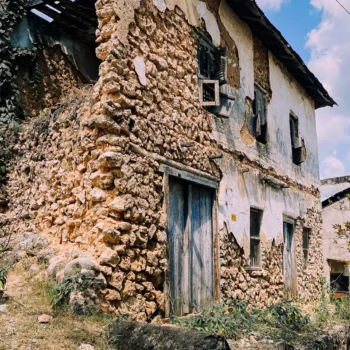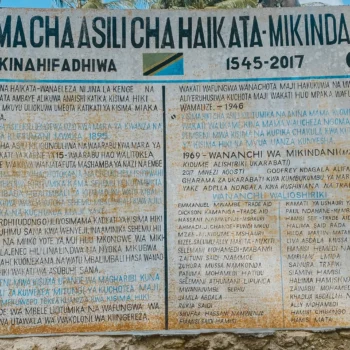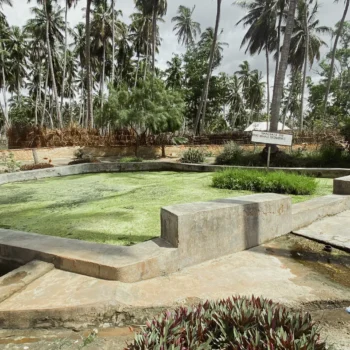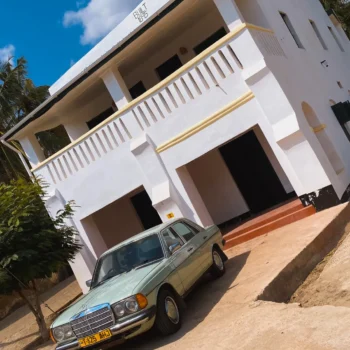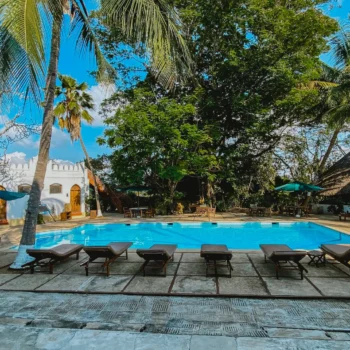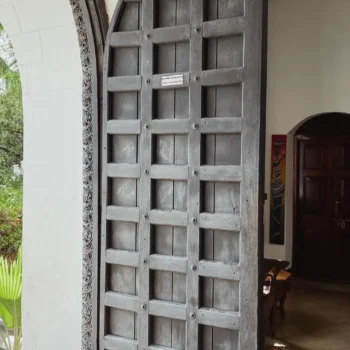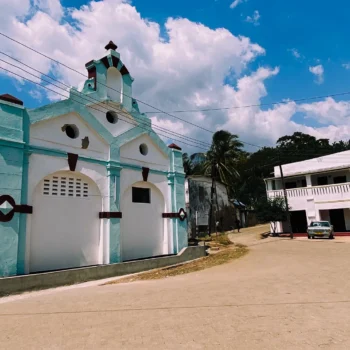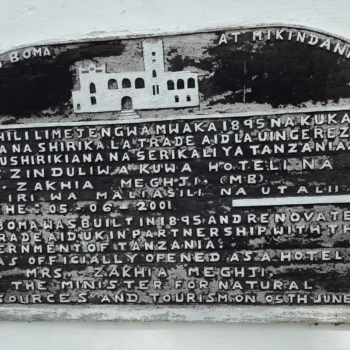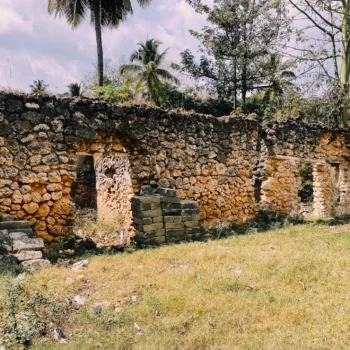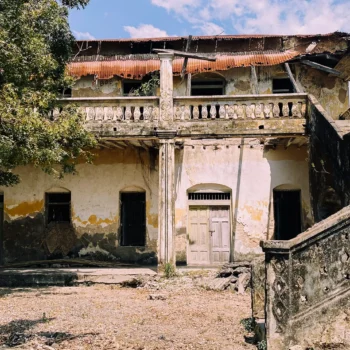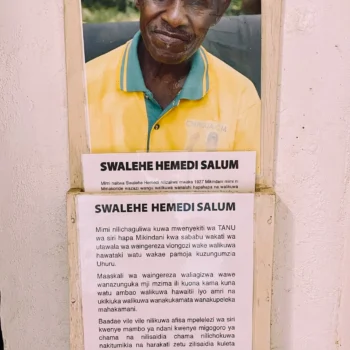Mikindani
Mikindani is a small coastal town in southern Tanzania, in the Mtwara region. It was once a major trading hub. Arab traders first settled here in the 9th century. Later, in the 18th and 19th centuries, it became a mix of cultures from Arabia, Portugal, Germany, and Britain. Today, Mikindani is known for its blend of Swahili, Indian, Arabic, and European architecture. “Mikindani” comes from mikinda, meaning “young palm trees” in Swahili.
Before the Arabs arrived, the Makonde people lived here. Trade grew in the late 19th century when Mikindani became part of German East Africa. Goods like ivory, gum copal, slaves, and seed crops were traded. Items like garments, ceramics, and weapons were imported. Many buildings were built during this time, including a fort (boma), a prison, a port, a slave market, and homes. After World War I, the British took over, but Mikindani remained important.
In 1947, the British moved the government center to Mtwara, about 10 kilometers south. Mtwara’s deeper port was better for transporting peanuts, which was part of a special economic plan. As a result, Mikindani’s trade declined, and the town returned to fishing and farming.
The Old Boma: A Key Landmark
One of Mikindani’s most famous buildings is The Old Boma, built in 1895. It was a German fort and later a British administrative post. In 1990, it became a hotel run by Trade Aid, a charitable trust. Today, the hotel keeps many original features, like doors, a courtroom, and canoes. It also helps organize tourism in the area.
Trade Aid has worked hard to restore Mikindani’s historic buildings. They use traditional techniques to create a conservation zone to protect the town’s culture. The Old Boma Hotel also offers free hospitality training to local students. Graduates get help with further education, placements, and jobs.
Interesting Facts About Mikindani
- David Livingstone is thought to have started his last mission in Mikindani, though other sources say it was near Pemba.
- During the Mozambican civil war (1979–1994), tourists were not allowed in Mikindani because it was close to Mozambique.
- In the 15th century, Mikindani’s trade reached Zaire, Malawi, Angola, and Zambia.
- The Livingstone House in Mikindani was built after David Livingstone left, and he never lived there.
How to Get There
Mikindani was once hard to reach, but better roads now make it easier. Here’s how to get there:
- By Road: Take a bus or drive from Dar es Salaam. The trip takes 7–8 hours. Be careful, as some roads are narrow. Avoid driving at night if it’s your first time.
- By Air: You can fly from Dar es Salaam to Mtwara, which takes about an hour. From Mtwara, Mikindani is a short drive away.
Exploring Mikindani
A tour of Mikindani takes 2 – 3 hours. You’ll see historic buildings and monuments and learn about Makonde culture. After the tour, relax at the yacht club, visit Mtwara town, or enjoy the beach. On your way back, you may pass by Kilwa to learn more about the coastal history.
Stay at The Old Boma Hotel for a unique experience. Each room is named after a historical figure, and the mix of Swahili culture and colonial charm is unforgettable.
